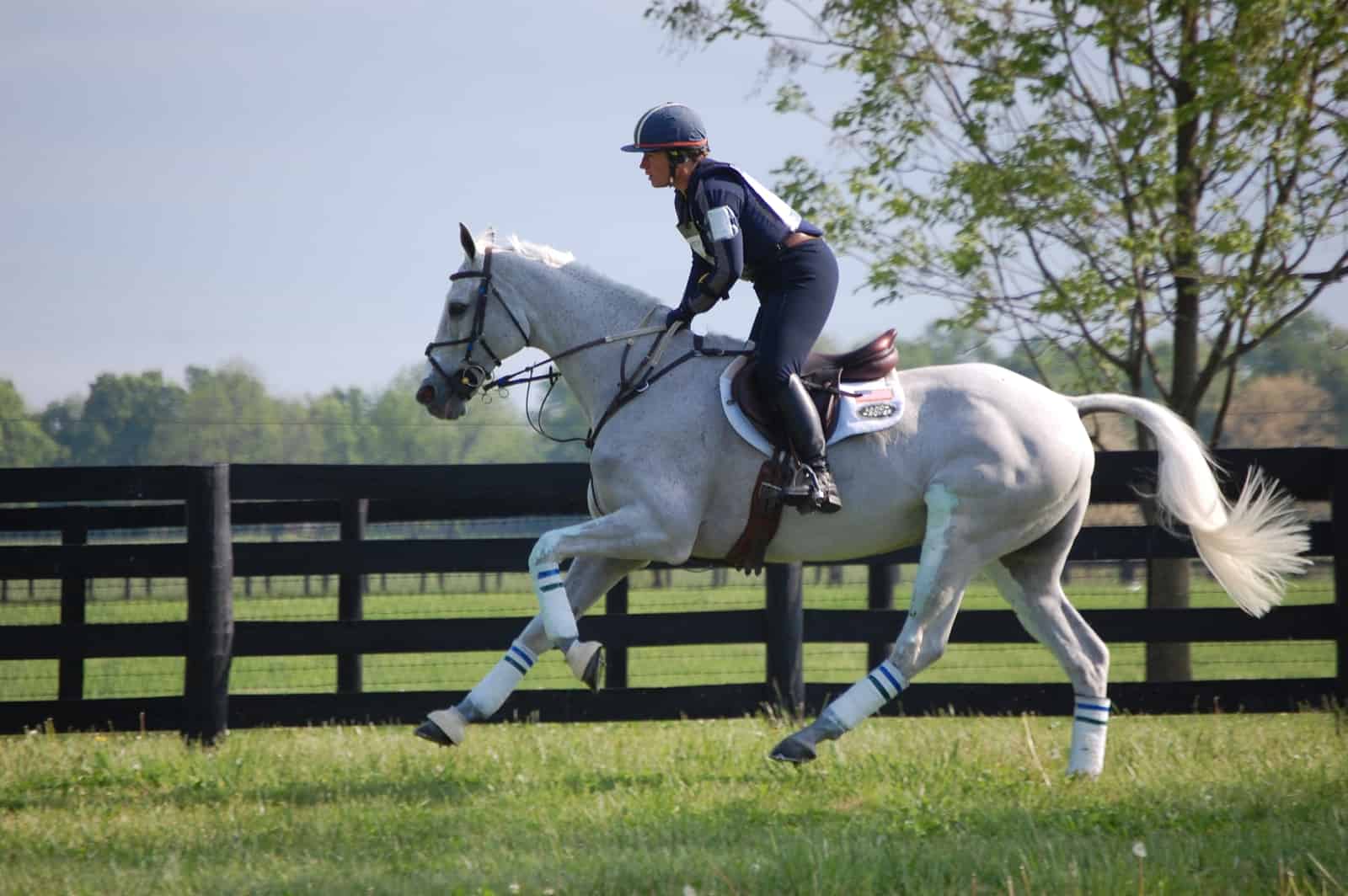3 Indicators of an Upper-Level Event Horse’s Potential for Success

A three-day event horse’s performance depends on his athletic ability and his fitness level. How do you predict, however, whether a horse has what it takes to be successful?
Joe Pagan, PhD, founder of Kentucky Equine Research (KER), in Versailles, conducted a study recently to find out. He presented his results at the 2019 Equine Science Society Symposium, held June 3-6 in Asheville, North Carolina.
“We’re trying to get clues as to how good a horse is and how successful he’ll be,” Pagan said
Create a free account with TheHorse.com to view this content.
TheHorse.com is home to thousands of free articles about horse health care. In order to access some of our exclusive free content, you must be signed into TheHorse.com.
Start your free account today!
Already have an account?
and continue reading.

Written by:
Alexandra Beckstett
Related Articles
Stay on top of the most recent Horse Health news with











